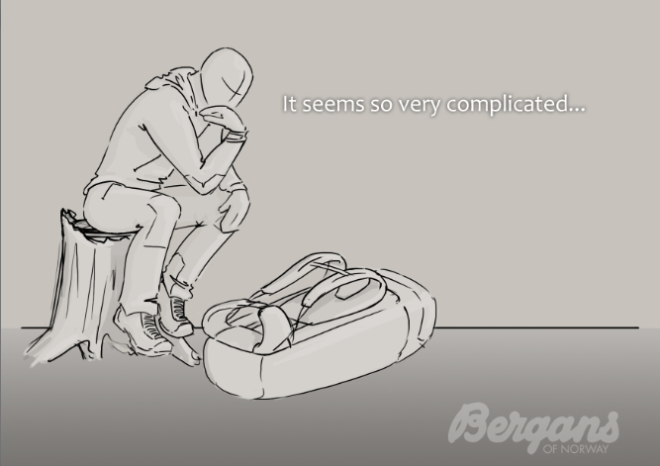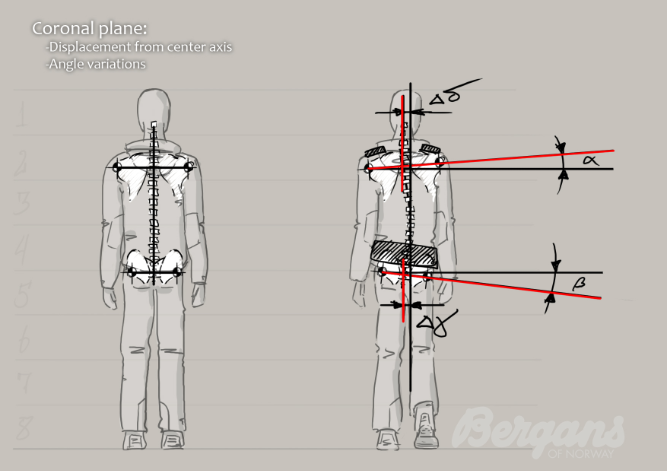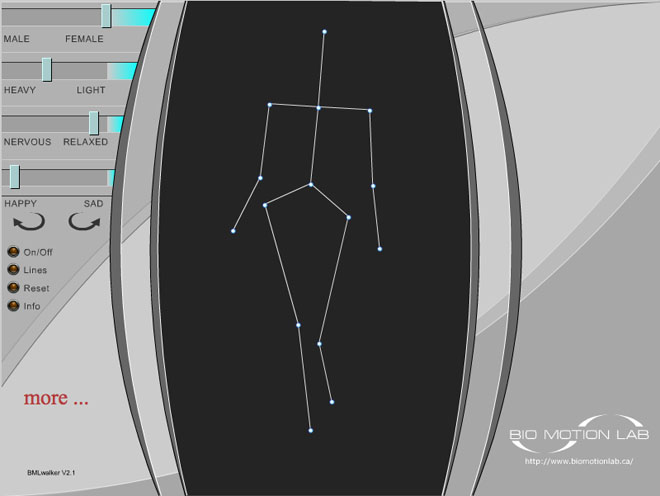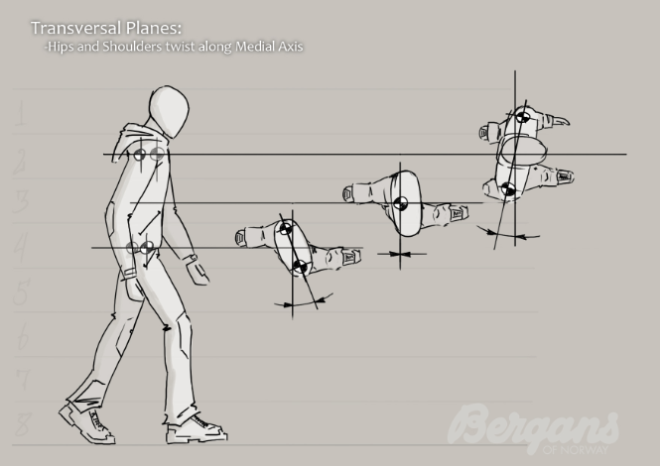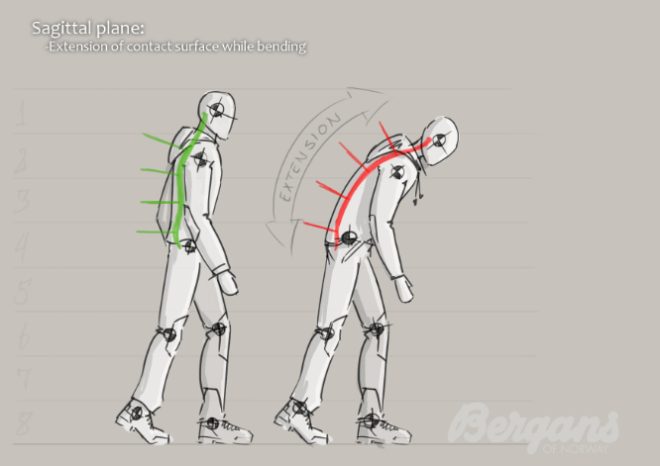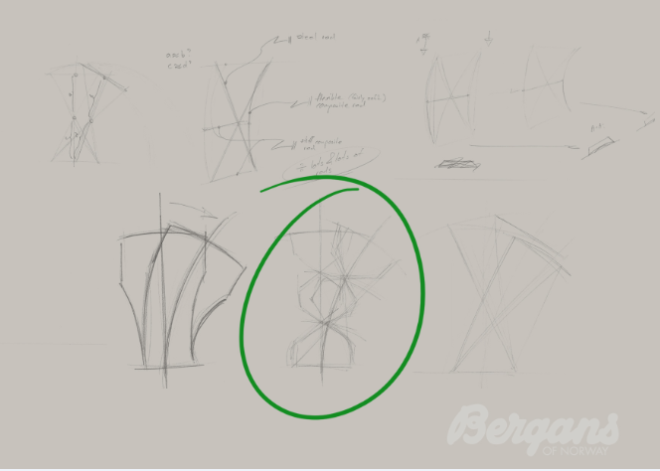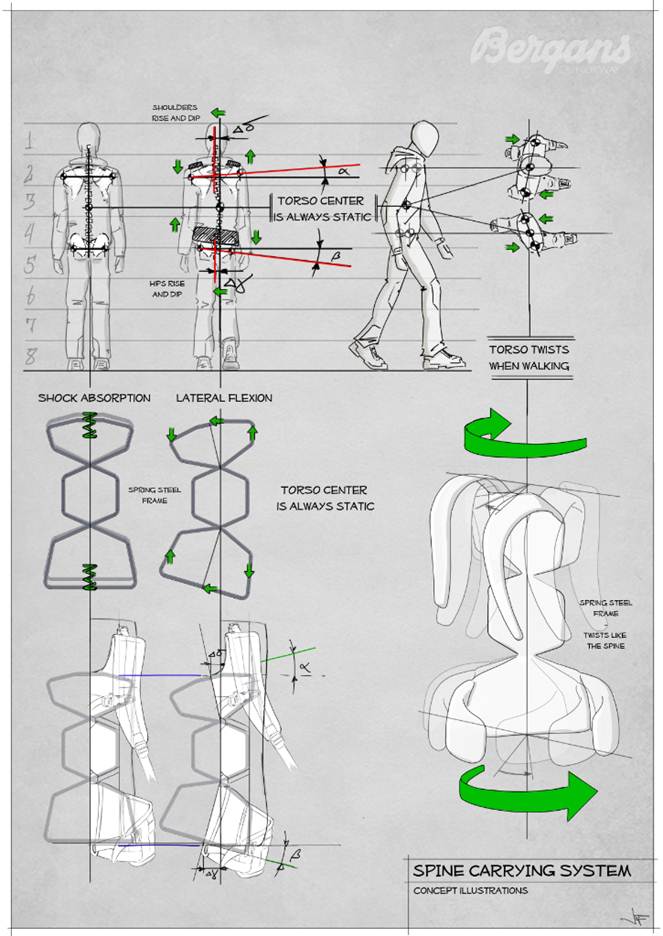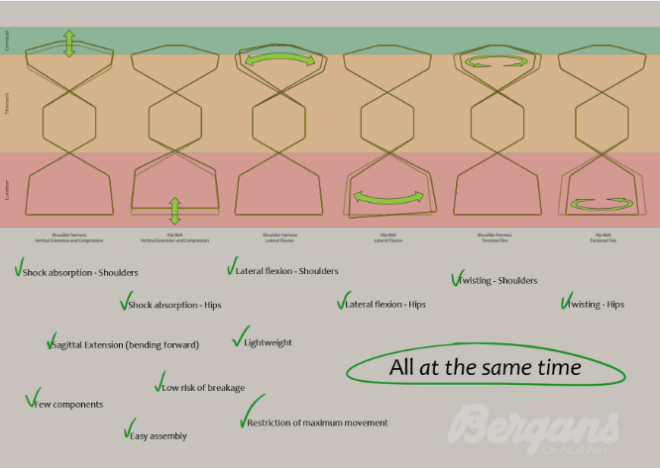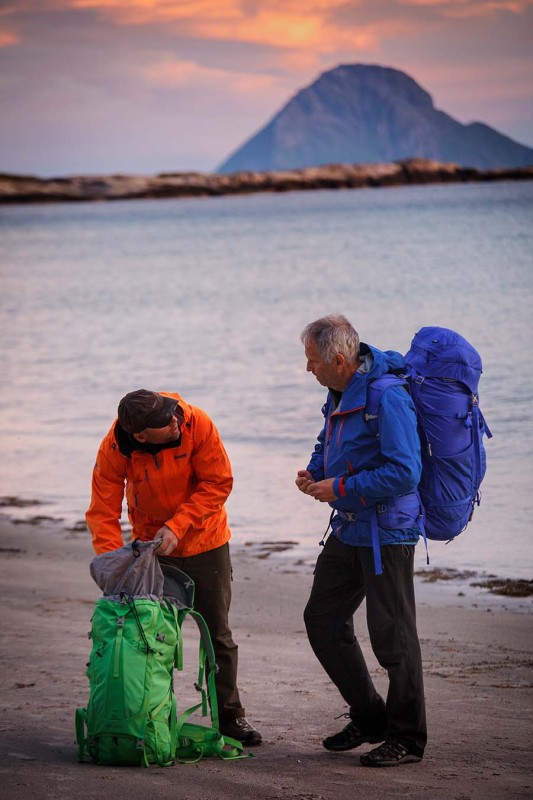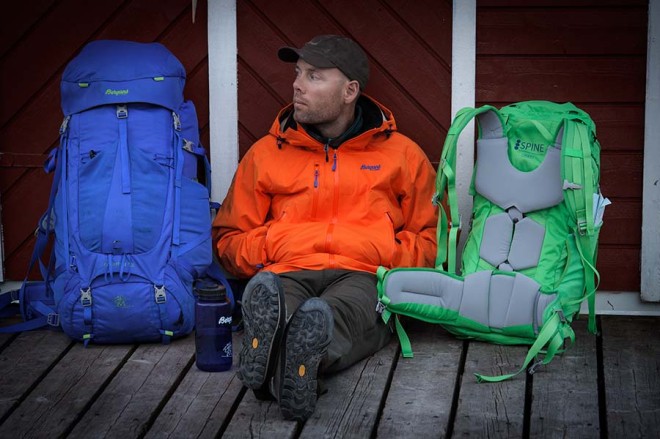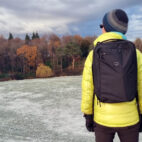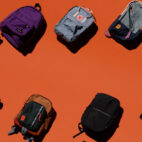The Problem—and Solution—to Biomechanics and Backpacks
A guest post about backpacks
Johannes Flem designs backpacks for Bergans of Norway. Despite Bergans having a crazy long history of designing interesting backpacks, Johannes and the team haven’t stopped trying to progress things.
–
Johannes: There are many unanswered questions in the world… did the chicken or the egg come first?… was there really an Atlantis? But none of these are really going to affect your daily living if you never find out the answer to such questions.
However, there is one question that demanding backpack users around the world should want the answer to, which would have a significant impact on their carry activities – why are backpacks designed in a manner that results in such restriction to the body’s natural movements? And following on from that, is there a design out there that could solve this problem?
In order to understand the problem better, it’s useful to go into a bit of motion detail right about now…
The act of walking involves numerous movements but as soon as you put on a backpack designed for some serious outdoor adventuring, your body movement becomes restricted.
Sometimes when walking in rugged terrain it is necessary to slacken the pack’s hip belt in order to prevent it moving around excessively through large hip movements. These kinds of movements can be better allowed for through a variety of pivoting hip belts that are available, but the problem is that the back involves many other movements as well. The spine does not rotate around a single point (like these hip belts) and there are all sorts of motions such as bending, twisting, displacement, as well as motion from the shoulders thrown into the mix.
If you want an awesome way to picture these motions, you can have a play here. It’s a super cool site that lets you play around with character traits that highlight how the human body moves with regards to a range of factors.
As you might notice when playing with the link, shoulder and hip joints describe a kind of ellipsoid path in space (for example, imagine what a person walking on a treadmill looks like), and that means that in addition to going up and down, they are designed to move forwards and backwards.
To make the backpack problem even more complicated to solve, the majority of people swing their right hand forwards as they put their left leg forwards, which effectively twists the body.
You thought that was the extent of the problem? Well think again. When people bend forwards whilst wearing a backpack (for instance when walking uphill or bending to pick something off the ground), the back is stretched somewhat. However, generally there isn’t much extension available with a backpack, so again, the body ends up fighting the pack.
To crown it all, many packs don’t offer any form of shock absorption and when you’re out and about scrambling up and down mountains, this kind of thing could come in pretty handy.
So what’s the solution, you ask? Well suffice it to say you’re going to have to stay tuned to find out via the next post in this series.
Oh alright, we’ll give you a teaser…(and yes, the seal was totally instrumental by contributing to an awesome testing ground).
The solution
Now that we’ve outlined the problem faced by numerous backpack users around the globe – that of restricted body movement while wearing a pack, Johannes Flem and the Bergans design team will now dive into the solution to this frustrating problem.
Johannes: A long night of some serious caffeine buzzing resulted in the above sketch for a pack that allows extensive freedom of movement. The backpack addresses the movement problem in the following manner:
A backpack does not provide much flexibility when fully loaded, so the Bergans pack incorporates a hip belt and shoulder straps that are connected to the pack via a helical-shaped spring steel frame. This frame is bent to create a shoulder segment, center segment and hip segment. The center segment is the only one attached to the backpack; therefore the shoulder and hip segments have independent freedom of movement.
The key to this spring steel frame is the fact that it bends (in a similar manner to the way that your spine bends), as opposed to rotating. The frame allows the shoulder and hip segments to twist, while also providing shock absorption. In addition, it is capable of extending if the pack wearer bends forward and it has the ability to center itself. Another advantage of this frame is its construction, with no components such as hinges, bolts, stays and the like that are subject to wear and tear.
Not content with a mere caffeine-crazed carry creation sketch, we constructed a rough prototype of the pack the next day. With 20 kgs of weight loaded, it was time for a full day of traipsing around in the woods. Did it work, you ask? It worked so well that the design was patented within a month of its creation.
Now you may be thinking, well this backpack must be the designer’s darling and there’s bound to be some biased thinking here. However, subsequent prototypes have ventured as far as the Himalayas and across Scandinavia, with no complaints at all. The following photos show the pack being used above the Arctic Circle (around midnight!).
The photo below displays the pack from the front and the back, with the shoulder, hip and center segments clearly visible. The spring steel frame travels along the edges of the gray pads and is anchored to the pack solely via the center segment. However the other two segments have limiting webbing which prevents extreme movements.
Words and images can give you a sense of this pack, but there’s nothing like a test carry to get a real feel for it. If you’re heading to the Outdoor show in Friedrichshafen this summer, visit the Bergans booth at A5-301. It’s the perfect opportunity to find out more about this pack and to try it out for yourself.
Johannes Flem – Bergans design team





 Carry Awards
Carry Awards Insights
Insights Liking
Liking Projects
Projects Interviews
Interviews
